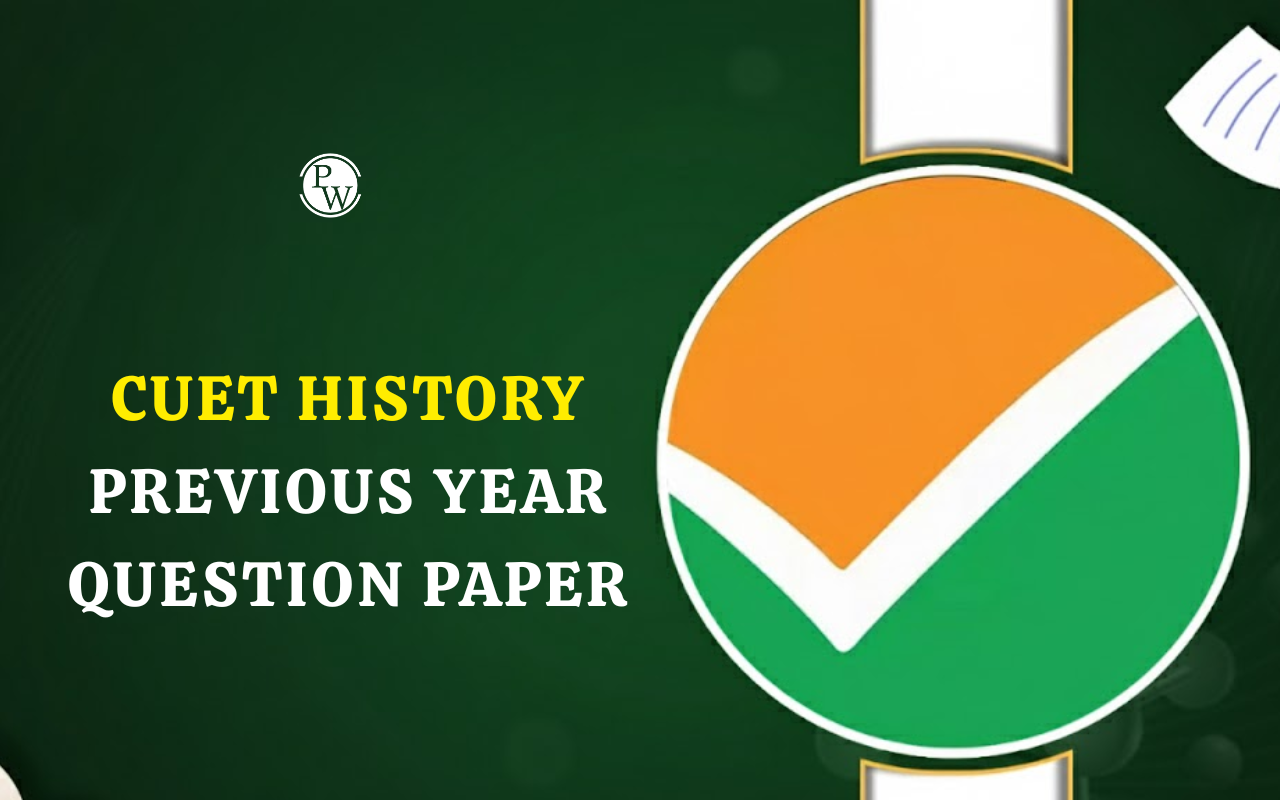
Geography isn't just about maps and mountains, it's the study of how humans interact with their environment, how populations grow and move, and how resources are used and managed. If you're aiming to pursue Geography as your domain subject for undergraduate admission through CUET, understanding the CUET Geography Syllabus 2026 is essential. The syllabus is designed by the NTA and follows the NCERT Class 12 curriculum, making it both accessible and comprehensive. From learning about global population patterns to India's economic resources, each unit in the CUET geography chapter list plays a vital role in shaping your preparation.
Also Check : CUET Syllabus 2026
Unit-Wise CUET Geography Syllabus 2026
CUET UG Geography topics are broadly divided into two major parts:
Part 1: Fundamentals of Human Geography
This section explores the basic concepts of human geography including population studies, economic activities, and globalization.
Unit I : The Nature and Scope of Human Geography
-
Understanding human geography as a discipline
-
Scope and relevance in the real world
Unit II: People
-
Global population: distribution, density, and growth
-
Spatial population changes and structures
-
Age-sex composition and rural-urban division
-
Human development: concepts, indicators, global comparisons
Also Check : CUET Exam Pattern
Unit III: Human Activities
-
Primary Activities: Agriculture (subsistence & commercial), gathering, mining, and livestock
- Secondary Activities: Manufacturing types and country examples
-
Tertiary Activities: Trade, transport, communication, and services
-
Quaternary Activities: Knowledge and information industries
Unit IV: Transport, Communication, and Commerce
-
Roads and railways: networks and transcontinental routes
-
Waterways and ocean trade routes
-
Air routes and pipeline infrastructure
-
Satellite communication and cyberspace
-
International trade and WTO's role
Part 2: India – People and Economy
This section focuses on India's demographics, economy, resource distribution, and contemporary environmental issues.
Unit I: People
-
Distribution, density, and growth of India’s population
-
Population composition: linguistic, religious, occupational
-
Migration patterns: national and international
-
Population-environment-development interrelations
Also Check : CUET Eligibility Criteria
Unit II: Human Habitats
-
Rural settlements: types and distribution
-
Urban settlements: classification and functions
Unit III: Resources and Growth
-
Land resources: Use and agriculture
-
Water resources: Utilization, scarcity, conservation (case study on watershed management)
-
Mineral & energy resources: Conventional and non-conventional sources
-
Planning: Target area planning and sustainable development (case studies)
Unit IV: Transport, Communication & Global Commerce
-
National and international transport modes
-
Communication infrastructure: radio, TV, satellite, internet
-
Foreign trade: changing trends, major seaports, airports
Unit V: Geographical Perspective on Selected Problems and Issues
-
Environmental pollution and waste management
-
Urbanization and slums
-
Land degradation
CUET Geography Exam Pattern and Marking Scheme 2026
Understanding the exam structure is crucial for effective preparation. The CUET Geography exam is based on the format outlined by NTA. Here's an overview:
|
CUET Geography Exam Pattern and Marking Scheme |
|
|
Particulars |
Details |
|
Total Questions |
50 |
|
Questions to Attempt |
50 |
|
Question Type |
Objective (Multiple Choice Questions - MCQs) |
|
Marking Scheme |
+5 for each correct answer -1 for each incorrect answer 0 for unattempted |
|
Syllabus Source |
Class 12 NCERT-based (Geography Part I & II) |
Chapter-wise Weightage for CUET Geography Syllabus 2026
Understanding the weightage of each topic helps you prioritize your preparation effectively. Below is the expected number of questions from each major topic in the CUET UG Geography exam:
|
Chapter-wise Weightage for CUET Geography Syllabus 2026 |
|
|
Topics |
Expected Number of Questions |
|
People (including one case study) |
7 – 8 |
|
Human Activities |
7 – 8 |
|
Transport, Communication & Trade |
4 – 5 |
|
Human Settlements |
2 – 3 |
|
Resources and Development |
2 – 3 |
|
Transport, Communication, and International Trade |
2 – 3 |
|
Geographical Perspective on Selected Issues & Problems |
3 – 4 |
|
Map Work |
5 |
CUET Geography Syllabus PDF Download
Students preparing for CUET 2026 can download the Geography syllabus PDF from the link provided below. As the official CUET Geography syllabus for 2026 has not been released by NTA yet, the syllabus below reflects the 2025 version. It covers all the unit-wise topics based on Class 11 and 12 NCERT books and aligns with the latest exam format. Once the 2026 syllabus is officially announced, this PDF will be updated—so keep checking back for the latest version.
CUET Geography Syllabus
CUET Geography Preparation Strategy
Start your CUET UG Geography preparation by reading the entire CUET Geography syllabus carefully. All questions in the exam are based on Class 11 and 12 NCERT textbooks, so only study what is included in the syllabus.
-
Understand the exam pattern: The paper will contain 50 multiple-choice questions, and you need to attempt all 50. Each correct answer carries +5 marks, and each incorrect answer leads to a -1 mark deduction.
-
Make a study timetable: Divide the syllabus into smaller parts and create a daily and weekly schedule. Focus more on important topics such as Population, Human Activities, and Transport and Trade. Spend more time on areas that you find difficult.
-
Practice regularly: Solve sample papers, mock tests, and previous years’ questions to get used to the type of questions asked. This also helps you improve speed and accuracy.
-
Revise before the exam: Use the last 2–3 weeks before the exam for revision. Make use of short notes, charts, and flashcards to review key facts and definitions. Don’t forget to revise map work, which is an important part of the paper.
Physics Wallah provides CUET UG Online Coaching with live classes, study materials, and practice tests. The courses are designed to make learning simple and effective, helping you prepare for your CUET UG exams with ease.
|
CUET UG Exam Important Links |
|
CUET Geography Syllabus 2026 FAQs
How many questions are there in the CUET Geography paper?
What is the marking scheme for CUET Geography?
How can I prepare effectively for CUET Geography 2026?
Is there any map work in CUET Geography?










